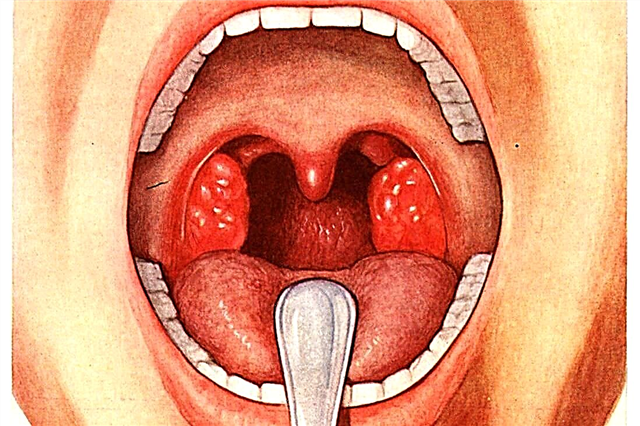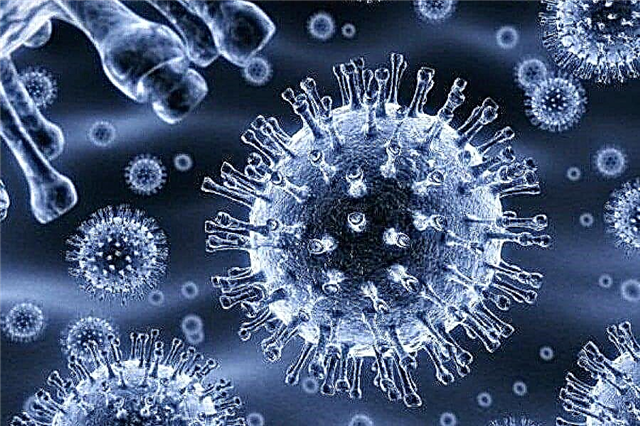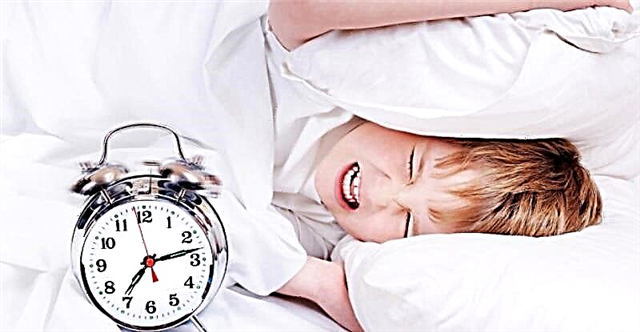
Even the most caring and attentive parents cannot completely protect their child from acute respiratory viral diseases. Most often, children get sick with ARVI, sometimes cases of influenza are recorded. Everyone knows that it is not the viruses themselves that are the causative agents of the disease that are dangerous, but the likely complications of a viral infection. We will tell you how and why complications can develop in this article.

The likelihood of developing complications
Medical statistics do not have sufficient data on the exact amount of ARVI incidence, since this group of viral infections is the most common on the planet. Influenza cases are usually easier to count. But the frequency of complications after influenza or SARS is known. Negative consequences occur in about 15% of cases.
Viruses, entering the child's body through the upper respiratory tract, destroy the epithelial cells of the nasal passages, nasopharynx, larynx. Then they enter the bloodstream and are carried throughout the body with the bloodstream, causing symptoms of intoxication, high temperature. The defeat of the respiratory system in the acute stage of the disease usually occurs in children in the form of a runny nose, dry cough. Intoxication can manifest itself as abdominal pain, nausea, and loose stools. After 4-5 days, the fever and the main signs of infection begin to recede.


Fighting the virus significantly reduces the child's immunity, there is a real threat of a secondary infection, most often a bacterial one. The load on the respiratory system during an illness can lead to chronic pathology.
Complications are most likely in young children. The younger the child is, the weaker his immune defense. To a lesser extent, adolescents are susceptible to complications after influenza and SARS. The most dangerous in terms of the likelihood of negative consequences is the age from six months to 3 years.

Causes of occurrence
Most often, complications develop in children who do not have an adequate balanced and rich in vitamins diet, suffering from anemia. Immunocompromised babies are also at risk. These are both children suffering from diseases of the immune system and children who have one or more chronic diseases.
The likelihood of complications increases with improper treatment, for example, when taking antibiotics during the flu or SARS, if the doctor's clinical recommendations regarding adherence to bed rest or control of body temperature are not followed.
Parents' refusal from standard treatment in favor of treatment with folk remedies also increases the chances that the child will develop complications.

Improper child care during illness can also affect its outcome. If parents try to wrap the baby in warm blankets or turn on the heater in the patient's room, as a result of which the child breathes dry air, the virus on the dried mucous membranes gets more freedom of action. Failure to comply with the correct drinking regime is fraught with dehydration.
Ignoring the need for a recovery period, when the child is sent to kindergarten or school immediately after the temperature drops, also often leads to the development of severe complications.

Unfortunately, it is impossible to calculate all the risks, since the reaction of an individual organism to a particular virus cannot be predicted in any way. That is why sometimes complications appear even in those children who were properly looked after and who were treated correctly.
Possible consequences of a viral disease
All complications that are possible during and after a viral disease are divided into specific, non-specific and bacterial. Complications of the course of the acute period of the disease are specific. So, in young children, febrile seizures may develop against the background of a high temperature (with flu, it can reach 40 degrees). It is almost impossible to predict and prevent febrile seizures, they occur only in children with a certain genetic predisposition to seizures.
High fever creates another specific threat associated with the action of the virus - dehydration, especially if the child has signs of intoxication such as vomiting and diarrhea. The virus entering the bloodstream creates the likelihood of developing hemorrhagic syndrome, and the use of antipyretics based on acetylsalicylic acid in childhood increases the likelihood of developing the dangerous and often fatal Reye's syndrome.


In young children in the acute phase of the disease, a critical narrowing of the larynx - stenosis may develop, the appearance of croup, which threatens with acute respiratory failure and suffocation, is possible. The younger the child, the more pronounced neurotoxicosis can be in high heat. One of the most dangerous specific complications is meningoencephalitis, myocarditis, polyradiculoneuritis.
Often, already during the recovery period, myositis of the gastrocnemius muscles manifests itself, as well as rheumatoid arthritis, in which the child complains that his legs, muscles, joints, calves hurt, in the morning after waking up he practically cannot walk.


If the acute period has passed without features, it is possible that after a little relief on the 5th day, the child may feel bad again. With a high degree of probability, this is how a bacterial complication of a viral infection begins. Most often it is bronchitis with a prolonged and painful cough, pneumonia, pulmonary edema. The appearance of sinusitis is possible.
Often there is a complication in the ears - from simple otitis media to irreversible neuritis of the auditory nerve, in which there is complete or partial hearing loss. A fairly common consequence of the addition of a bacterial infection is the pharyngeal or paratonsillar abscess. Angina, meningitis, purulent lymphadenitis may develop. It is not excluded that kidney damage, in particular, glomerulonephritis.

Nonspecific complications include an exacerbation of pre-existing chronic diseases, especially diseases of the respiratory system and the cardiovascular system.
How to prevent complications
There is no correct recipe to avoid the negative effects of influenza and SARS, but it is quite possible to reduce the risks, because each parent should have a good idea of what needs to be done to make the recovery run more smoothly and easily.
- Put the child to bed... Bed rest is the key to successfully overcoming the disease. Attempts to move the infection "on their feet" are not encouraged. You should not be surprised that a child sleeps a lot during an illness - he has severe weakness and loss of strength.
- Provide fresh air, humidify the air and actively water the baby. The drink should be warm. Milk should be avoided unless it is a breastfed baby. The more the child drinks, the more actively mom and dad will moisturize the mucous membranes of his respiratory tract, the easier it will be for ARVI and flu. If the baby is sweating profusely, the amount of fluid should be increased.


- Call a doctor... Mandatory in all cases - for babies and children under 3 years old. With a severe course of the disease, everyone else will need a doctor. The severity of the condition is indicated by high fever, which cannot be reduced by antipyretic drugs, vomiting, clouding of consciousness, convulsions.
- Do not give any medication without a doctor's recommendation... In no case should antibiotics be used, if there are no bacterial complications, do not "get carried away" with drugs that have immunomodulatory and immunostimulating effects.


- Monitor the condition of the child... If he coughs badly at night, if there is a hoarse voice, difficulty breathing, a rash appears, an ambulance should be called.
- During the recovery period, take measures in order to quickly raise and restore a weakened immune system. The child needs to be given time to recover, during which he must walk, rest more often, and eat well. It is better to leave sports and hardening for a later date, when the disease has completely receded. Any overload immediately after ARVI and influenza can lead to nonspecific complications.

About what complications arise after influenza and ARVI in children, see the next video.



